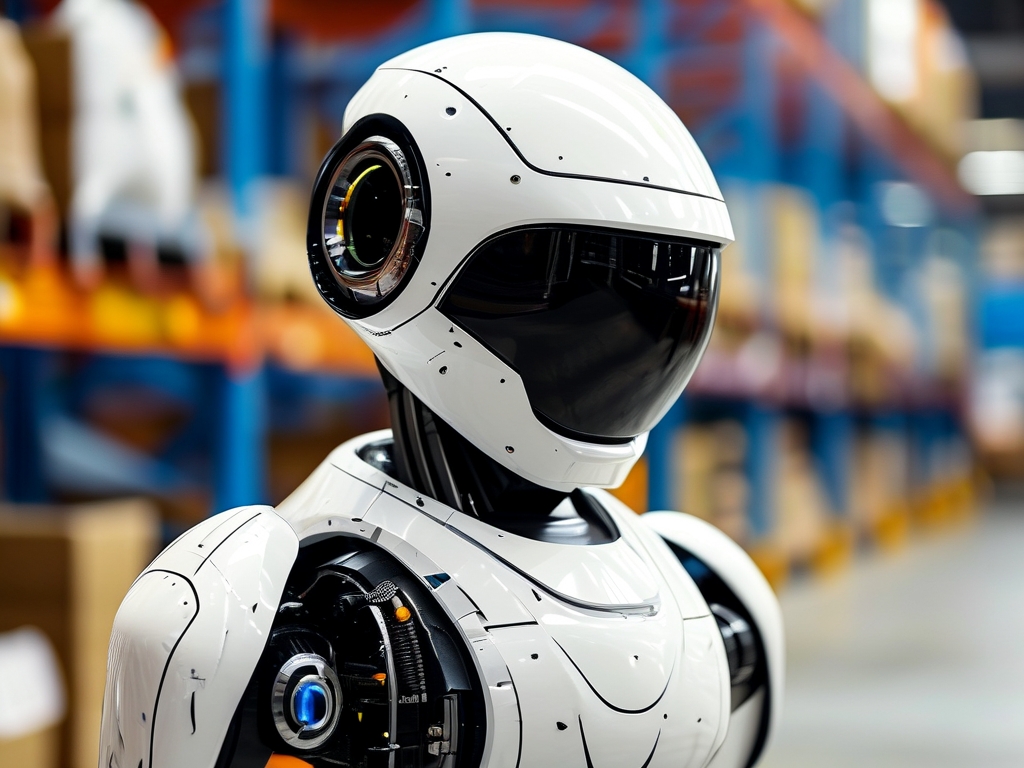The global market for service robots is expanding rapidly, driven by advancements in artificial intelligence, automation, and the growing demand for efficiency across industries. However, selling service robots is not merely about showcasing their capabilities; it requires a deep understanding of the technical specifications, customer needs, and industry standards. This article explores the critical technical requirements that sales teams must address to succeed in this competitive field.
1. Understanding Core Technical Specifications
To effectively sell service robots, sales professionals must master the product’s technical specifications. Key parameters include:
- Sensing and Perception: Service robots rely on sensors (e.g., LiDAR, cameras, ultrasonic) and AI algorithms for navigation and object recognition. Sales teams must explain how these technologies enable precise movement in dynamic environments, such as hospitals or warehouses.
- Payload Capacity and Mobility: Different applications require varying payload capacities and mobility features. For example, a robot designed for logistics must handle heavy loads, while a hospitality robot prioritizes smooth, quiet movement.
- Battery Life and Charging Systems: Long operational hours and fast-charging capabilities are critical for industries like retail or healthcare. Sales strategies should highlight energy efficiency and minimal downtime.
- Software Integration: Compatibility with existing systems (e.g., ERP, IoT platforms) is essential. Demonstrating seamless integration reduces implementation barriers for clients.
2. Tailoring Solutions to Industry Needs
Service robots serve diverse sectors, each with unique technical demands:

- Healthcare: Robots used for patient care or sterilization require compliance with medical-grade safety standards (e.g., ISO 13485) and infection control protocols.
- Retail and Hospitality: Customer-facing robots need natural language processing (NLP) for interactions and facial recognition for personalized service.
- Manufacturing and Logistics: Emphasis on collision avoidance systems, real-time data synchronization, and scalability for large warehouses.
Sales teams must align technical features with industry-specific pain points. For instance, emphasizing a robot’s antimicrobial coating in healthcare or its multilingual support in global hospitality chains.
3. Addressing Safety and Regulatory Compliance
Safety is a non-negotiable requirement. Sales documentation must include:
- Certifications: CE marking, UL certification, or region-specific approvals (e.g., FDA for medical devices).
- Fail-Safe Mechanisms: Explaining emergency stop functions, obstacle detection, and data encryption for secure operations.
- Compliance Updates: Regulatory landscapes evolve, particularly in data privacy (GDPR) and AI ethics. Sales teams should provide ongoing compliance support to clients.
4. Demonstrating ROI Through Technical Advantages
Buyers prioritize ROI, so sales pitches must quantify technical benefits:
- Cost Savings: Calculate reduced labor costs or error rates. For example, a cleaning robot’s efficiency can save a hotel 30% in operational expenses.
- Productivity Metrics: Highlight tasks automated per hour or accuracy rates in inventory management.
- Scalability: Show how modular designs allow future upgrades, protecting long-term investments.
5. Providing Post-Sale Technical Support
Technical requirements extend beyond the sale. Clients expect:

- Remote Diagnostics and Updates: Cloud-based systems for troubleshooting and software enhancements.
- Training Programs: Hands-on sessions for staff to operate and maintain robots.
- Warranty and Service Agreements: Clear terms for hardware repairs and software support.
6. Leveraging Data and Analytics
Modern service robots generate vast amounts of data. Sales teams should emphasize:
- Predictive Maintenance: Using sensor data to preempt hardware failures.
- Performance Analytics: Dashboards that track efficiency metrics, helping clients optimize workflows.
- Custom Reporting: Tailored insights for decision-makers, such as ROI timelines or user engagement rates.
Selling service robots demands a blend of technical expertise and customer-centric communication. By mastering product specifications, aligning with industry standards, and offering robust post-sale support, sales teams can build trust and drive adoption. As technology evolves, staying ahead of trends—such as edge computing for faster data processing or 5G-enabled robots—will further differentiate successful sellers in this transformative market.

